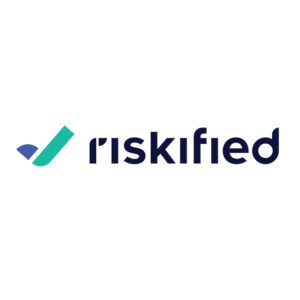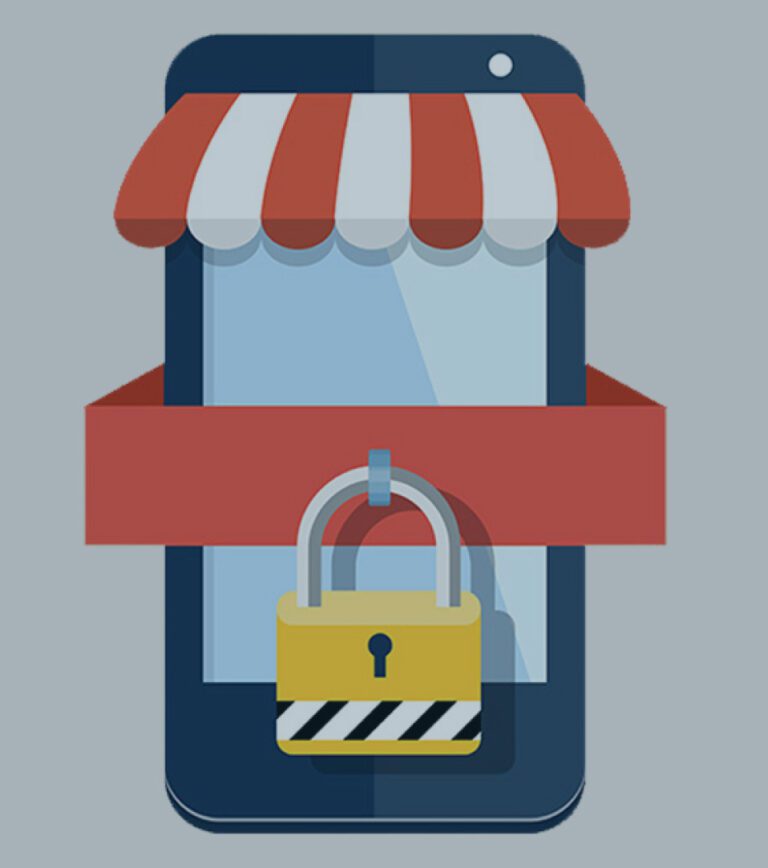Buying furniture is strictly an in-store experience for some who want to feel the grain of the wood or test the comfort of the cushions. Increasingly, people prefer the convenience of ordering from an online catalog and having their new couch or table delivered home. Many merchants looking to leverage this growing segment are unsure of the challenges they may face within the eCommerce space, especially when it comes to fraud.
Ecommerce, CNP fraud, and chargebacks
Card-not-present (CNP) fraud presents very different challenges compared to the type of fraudulent actions sellers encounter in face-to-face transactions. The anonymity afforded by online payments means sellers cannot leverage safeguards such as visual ID checks or the safety features integrated into their point-of-sale (POS) system. Instead, they must rely on the truthful disclosure of details such as card numbers and billing and shipping addresses – elements that are easy to fake or steal. This makes CNP fraud over 80% more likely than POS fraud.
Merchants entering the online space may also be unprepared to deal with eCommerce fraud’s “moving target” nature. Online fraudsters develop new methods and technologies rapidly. They may display very different behavior patterns depending on the season, geographic location, or economic trends, such as a recession or high unemployment. Fraud rings – coordinated events where a group of fraudsters targets a merchant in a large-scale attack – can cost merchants hundreds of thousands of dollars if they fail to react quickly.
The eCommerce furniture and homeware segment generated $133 billion in the US alone in 2021, making it a desirable industry to tap. But the more merchants scale their online business in terms of volume, audience, and markets, the more fraud diversity and sophistication they encounter – and the higher the odds of a fraudulent transaction slipping past and resulting in a chargeback. And unlike in-store transactions, where the liability for chargebacks lies with the issuing bank, eCommerce merchants shoulder the liability for fraud, adding a potential for bad debt with every transaction. Experts estimate that in 2021, chargebacks, on average, cost merchants 2.3% of their total revenue.
A fraud solution (in-house or third-party) that mitigates the risk of chargebacks is therefore necessary for every eCommerce merchant. Some might even partner with a vendor offering liability shifts to make their fraud costs more predictable. Chargebacks are not the only eCommerce fraud metric merchants should consider.
If you focus on chargebacks alone, you are missing the whole picture.
Consider this: in 2022, every $1 of fraud costs US merchants $3.75. Some merchants focus on tactics that keep them in the good books of the card networks or keep their chargeback costs low. But as a standalone, that can come at the expense of other growth metrics such as customer experience and retention, approval and false decline rates, and even overall brand loyalty and reputation. Previous Riskified research shows that almost 50% of customers will not return to a merchant with whom they fell victim to fraud.
When China-headquartered furniture company Costway first launched its US online store, they were hit with a large fraud ring. Unfamiliar with the fraud behavior of the US market and relying on a rule-based system and manual review, Costway quickly reached a chargeback rate of 14%-16%. At the same time, their rate of approved orders dropped to under 50%.
Riskified offered Costway a tailored solution that saw their chargeback rate drop by 99.7% within three months and their cost of fraud drop by 54%. But the benefits of partnering with a company offering real-time and data-based automatic decisioning extended well beyond Costway’s chargebacks. When another bot-powered fraudster attack targeted Costway, all 1,300 fraudulent orders were intercepted. Riskified also enabled Costway to rebuild its reputation with the banks, leading to a 143% increase in approval rate and $9.51 million in additional sales revenue.
The opportunities of eCommerce are weighed down by a much more complex and volatile fraud landscape. Merchants need to consider a wide variety of metrics to balance approval rate and chargeback rate, and security with friction. But with the proper preparation and know-how, eCommerce can offer merchants almost endless opportunities to reach new customers and tap into lucrative new growth avenues without adding uncertainty to their sale process.













